What follows it's a collection of photographs taken from 2014 to 2016.
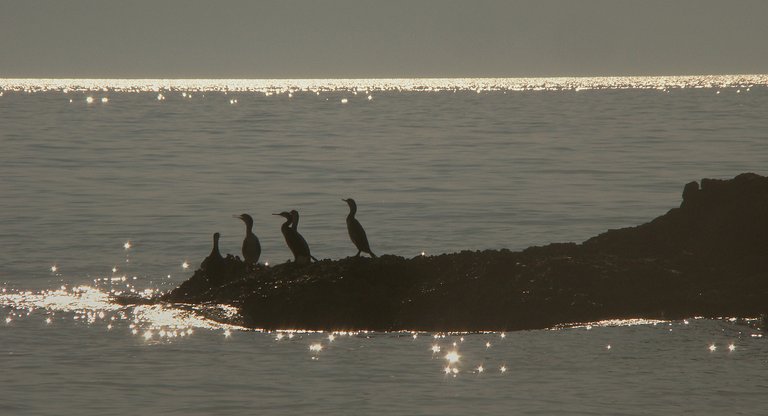
They were all taken in summer, during my walks along the seashore and the meadows near my favorite beaches.
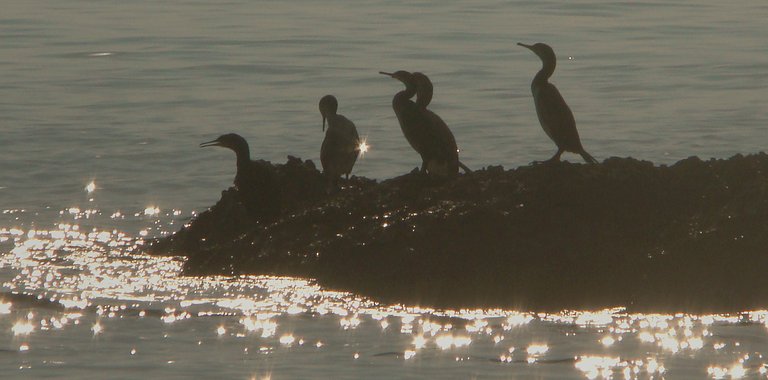
Here you can see a group of cormorants under the strong midday sun that creates glares that look like sparks on Christmas sprinklers.
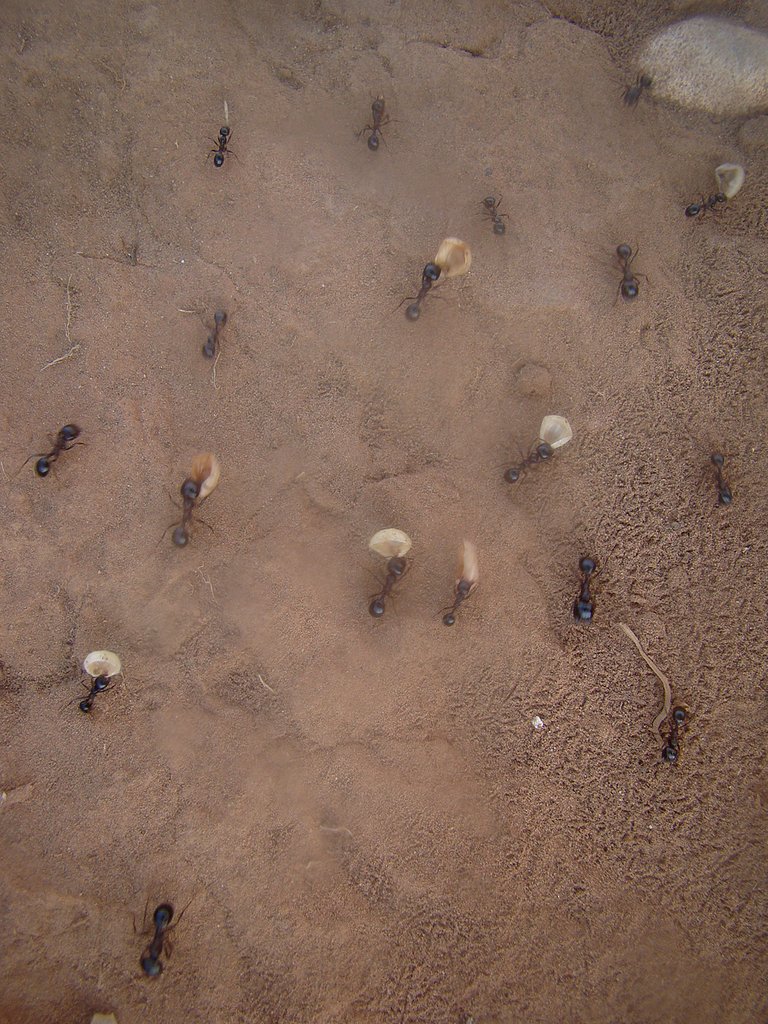
The ants are usually busy collecting seeds of various grasses that grow near the sea. This group of workers ...
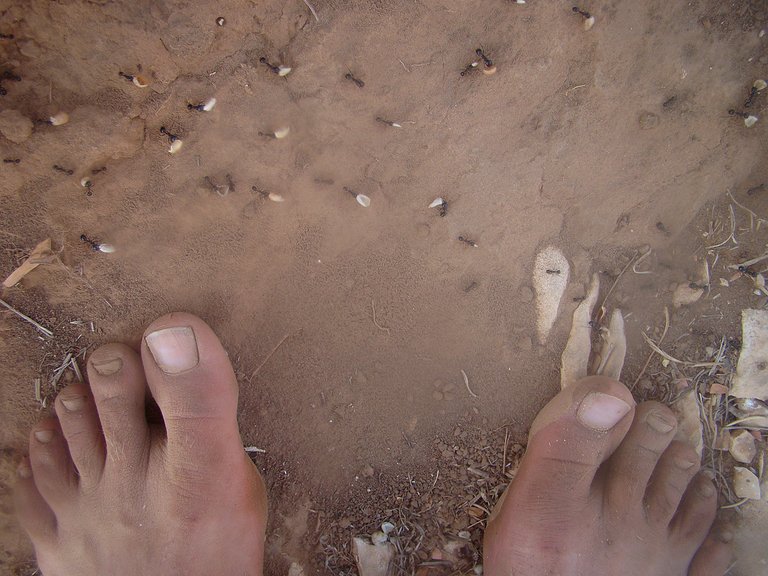
... was busy around my bare feet.
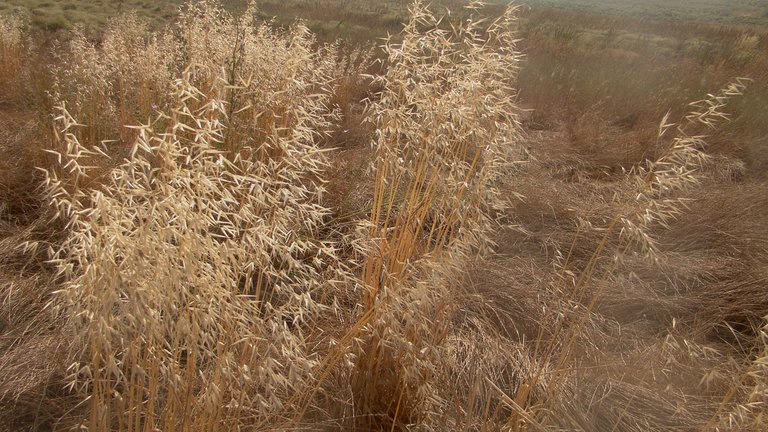
There is plenty of tall grass on the coastal meadows. Here you can see the lush growth of wild oat (Avena fatua ). In the following photograph ...
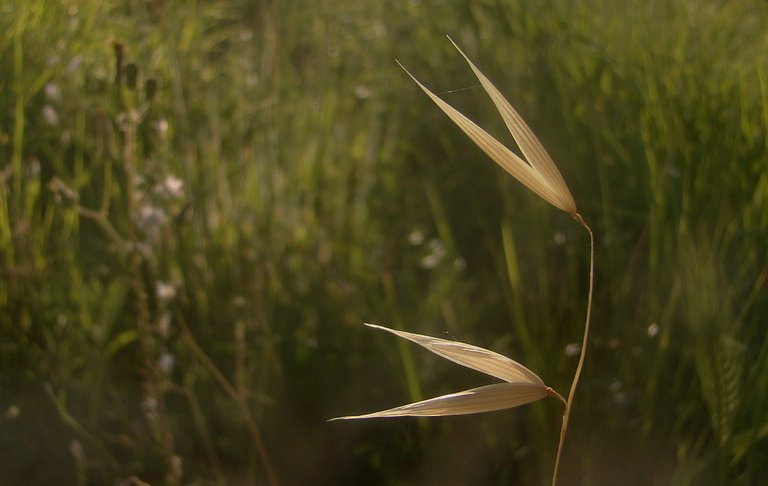
... the focus is on smaller details, but always on this species of grass.
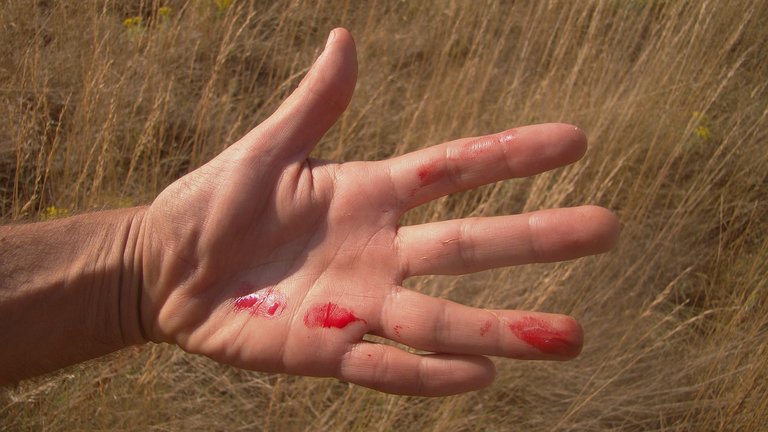
The leaves of some grasses are sharp, resilient, and able to cut like a razor blade.
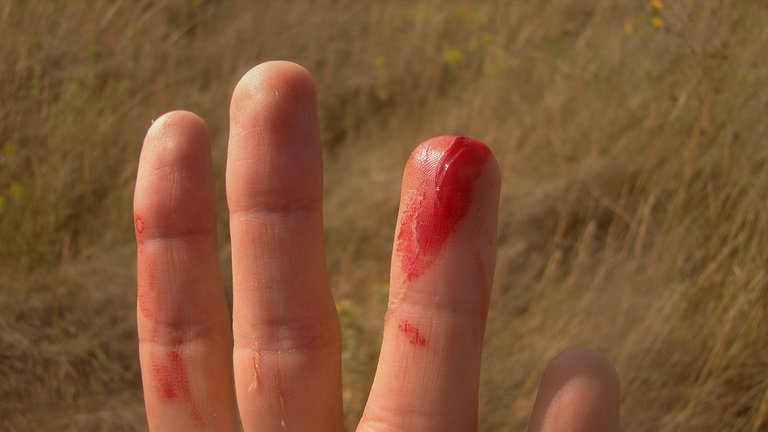
Here you can see my hand after one typical grass-blade accident. I took these shots because the color of the blood looked strangely happy in that sunny atmosphere. I mean, red is a beautiful color, especially when combined with yellows and browns in the blurred background. It all looked almost fake, like in old movies.
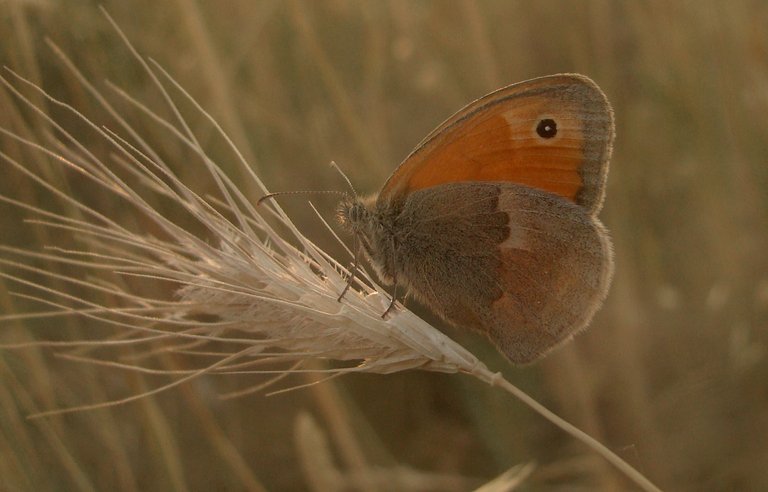
Here you can see the Coenonympha pamphilus on the wall barley(Hordeum murinum)
This lovely Melitaea phoebe butterfly was photographed on the stretch of meadow abundantly covered with the Brachypodium phoenicoides grass.
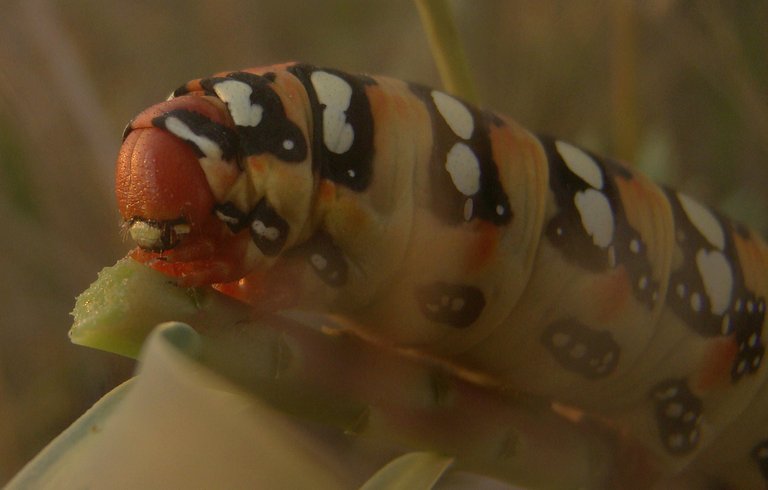
This big and colorful caterpillar, the larva of the Spurge hawk-moth(Hyles euphorbiae) ...
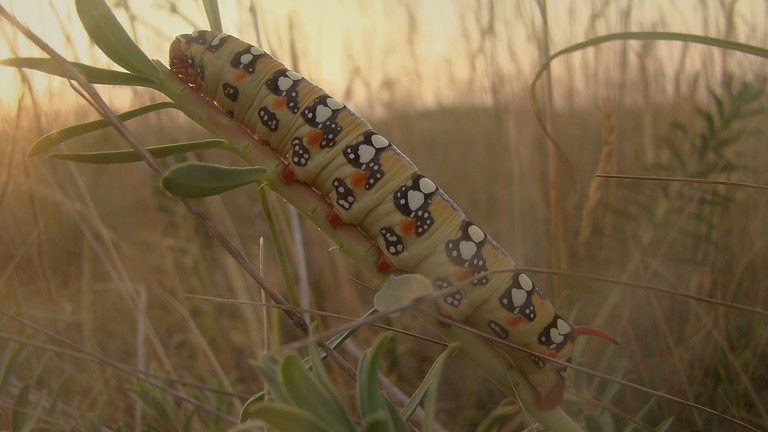
... was chewing the juicy Cypress spurge (Euphorbia cyparissias). Like many other Euphorbias, this plant is toxic for most animals.
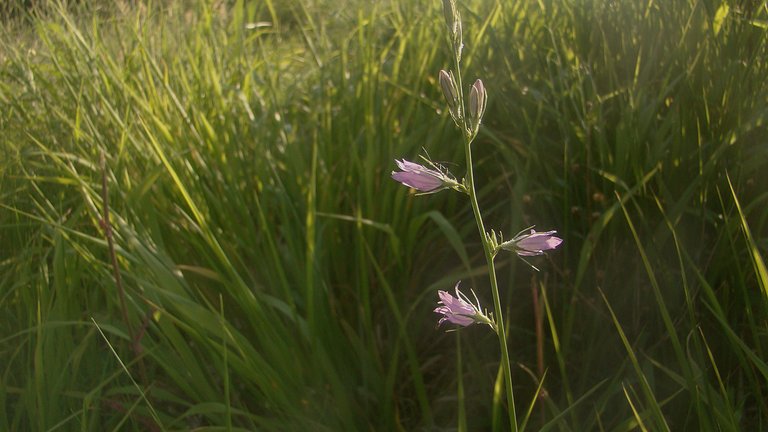
In this photograph, the grass is still green because it was taken in the first days of summer. The flowers in the foreground are part of the Campanula rapunculus plant.
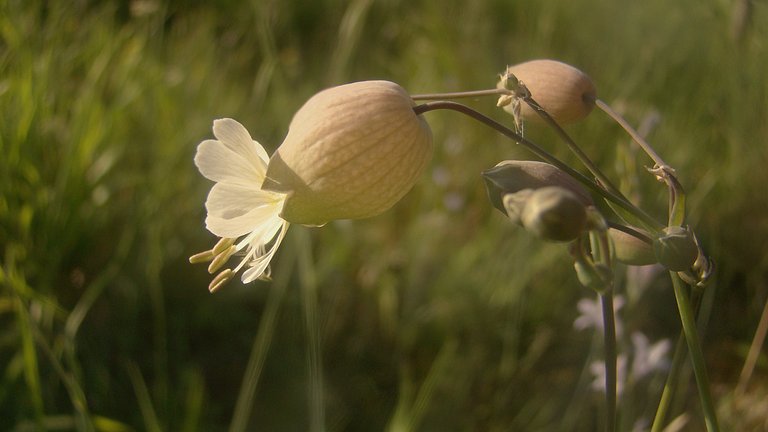
Here you can see the flower of the Silene vulgaris.
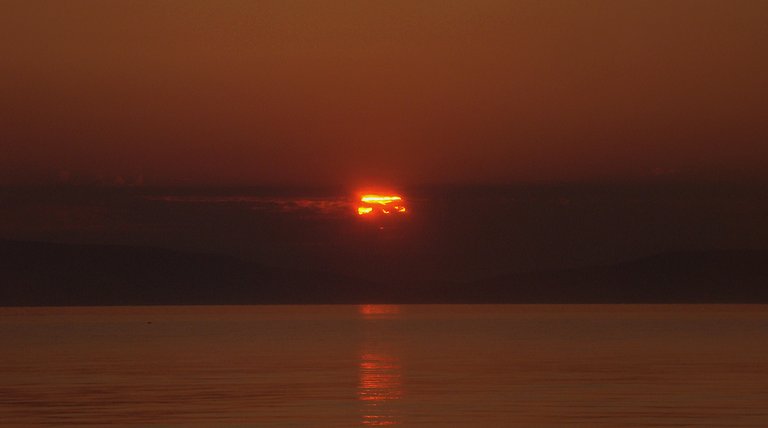
Sometimes I was there, near the sea, very early in the morning.
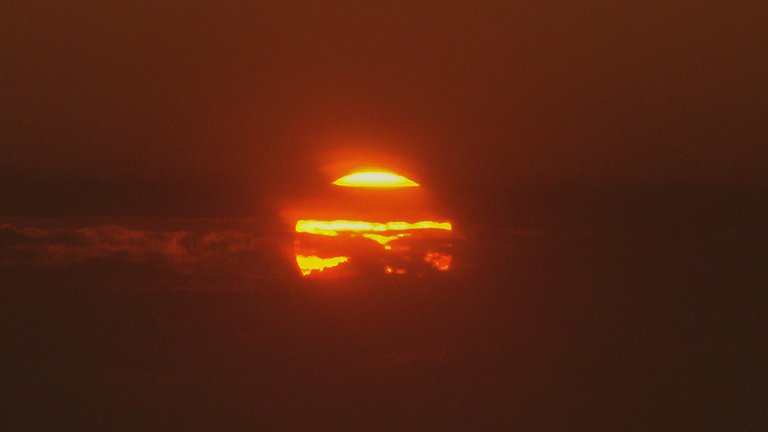
Here you can see one of those long gone sunrises.
An hour or so later, I photographed this seagull in the shallow water of a small inlet in which I was swimming and snorkeling around when the sun was high in the clear, blue summer sky.
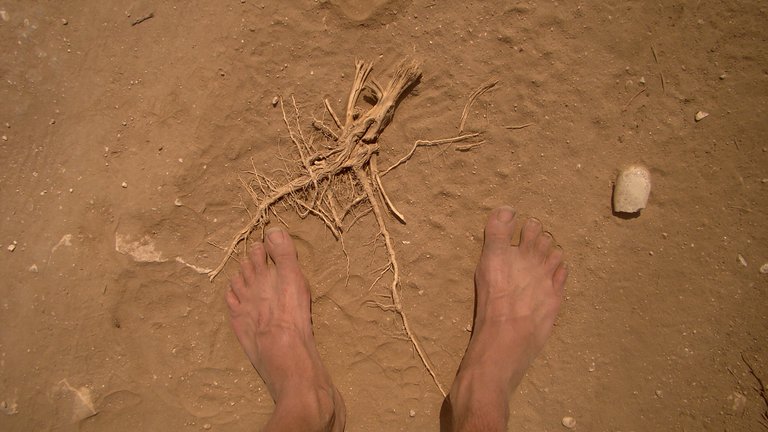
Here you can see my feet on the dusty road. And some dry, mummified plant parts in front of them.
Wasps are very numerous on and near the beach in the summer.
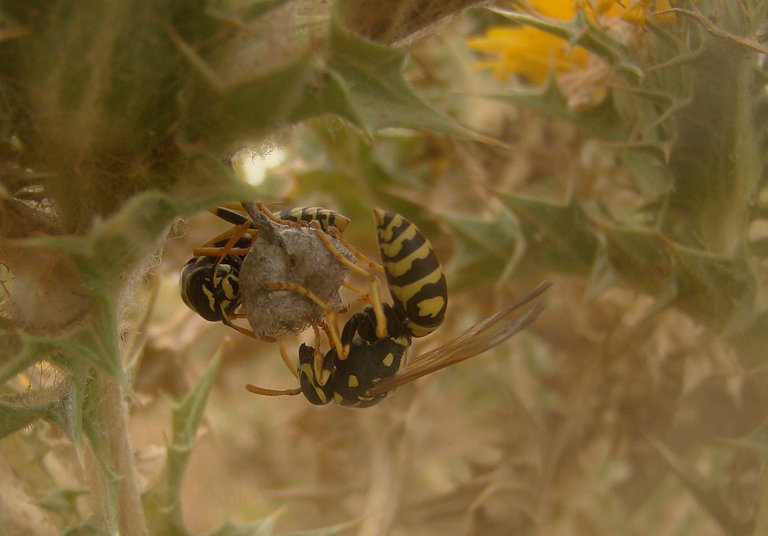
Here you can see the Polistes dominula paper wasps that have recently started building the nest on the Golden thistle (Scolymus hispanicus).
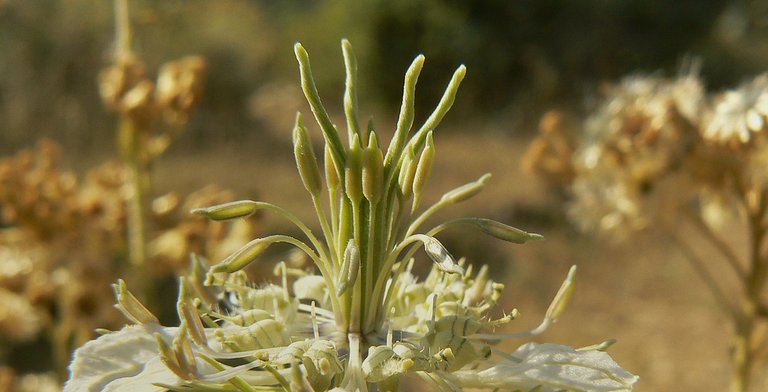
This is just a detail of a flower ...

... the beautiful and pretty intricate Nigella arvensis flower.
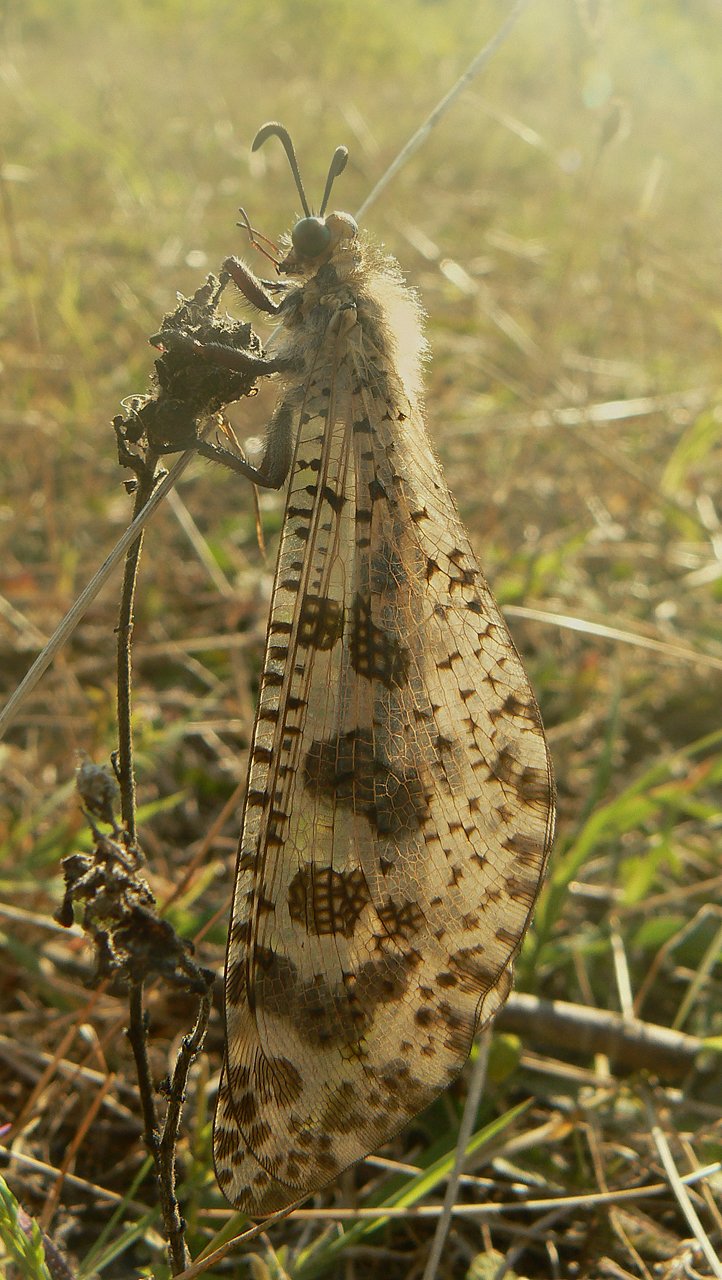
In this photograph, you can take a look at the well-camouflaged Palpares Libelluloides antlion. With its more than 10 centimeters wingspan, this is the biggest antlion species present in Europe. It can be found only in southern, Mediterranean parts of Europe, on dry, sunny meadows, often near the sea.

I encounter them during the day from time to time, but they are active mostly in the evening and during the night. The one in this photograph just landed on the Dittrichia viscosa, a very common plant on the coastal meadows here in my area.
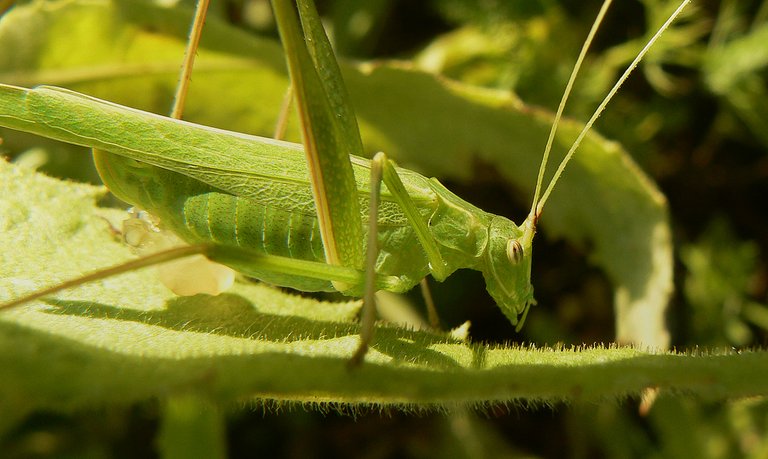
This elegant cricket, the Tylopsis lilifolia bushcricket, was photographed on the same kind of plant. I encounter these crickets in big numbers on Dittrichia viscosa which covers large areas of coastal terrain.
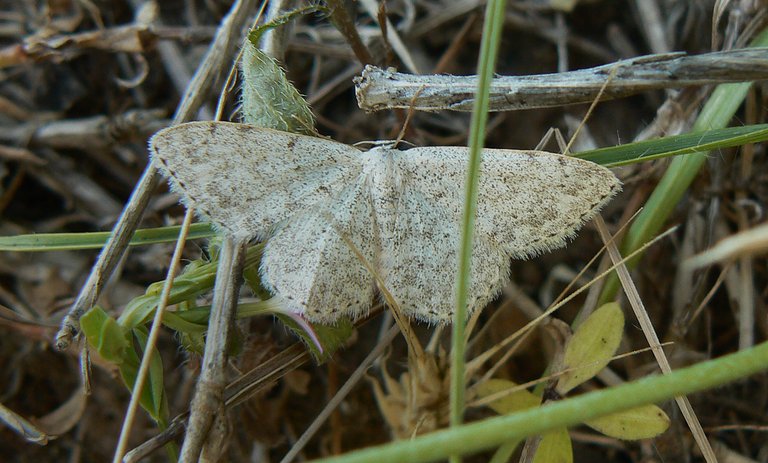
This small moth from the Geometridae family was photographed late in the evening. With many similar Geometridae around I can't tell you the exact name of this species.
Half an hour later ...
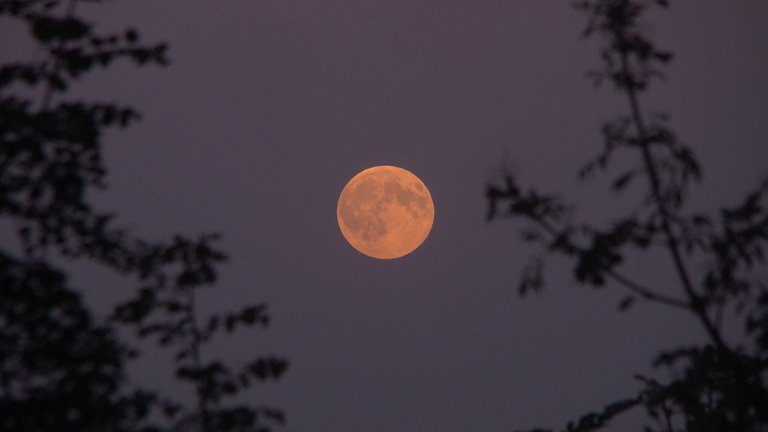
... I was staring at the full moon. The following photograph ...
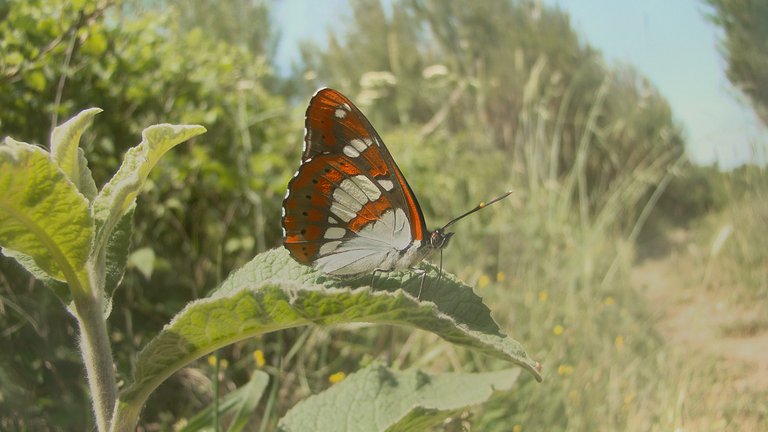
... was taken in the middle of a hot, summer day dipped in the intense, eye-hurting sunlight.
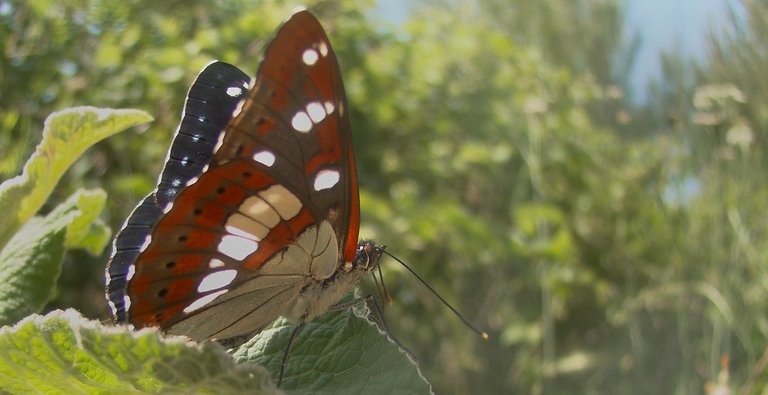
Limenitis reducta is the name of this lovely species. It's commonly known as the Southern white admiral.
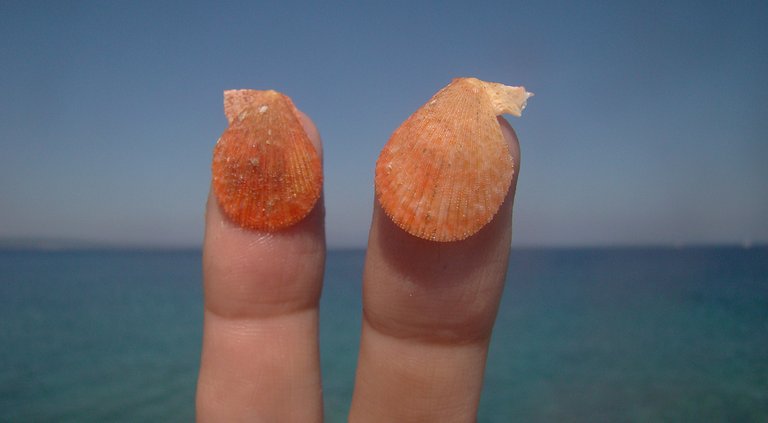
Around noon, I usually find a bit of refreshment in the sea. Here you can see some small, fan-shaped clams that I found in the sandy shallows. In the following photograph ...
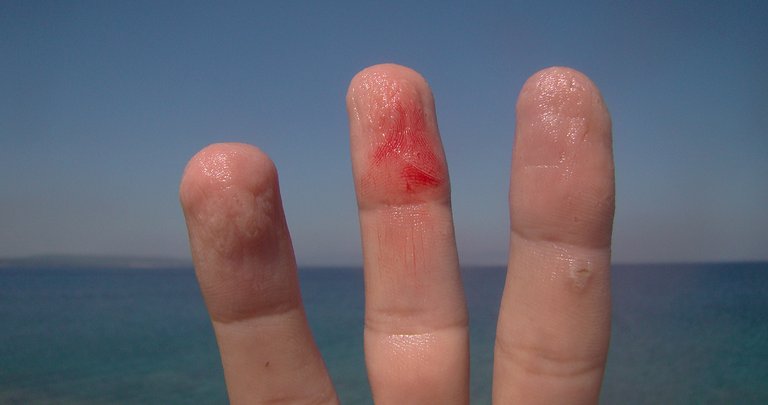
... you can see yet another bloody cut on my finger. Edges of some clams are sharp like blades of grass. And can cut you. Especially when the skin gets soft after an hour spent in the water.
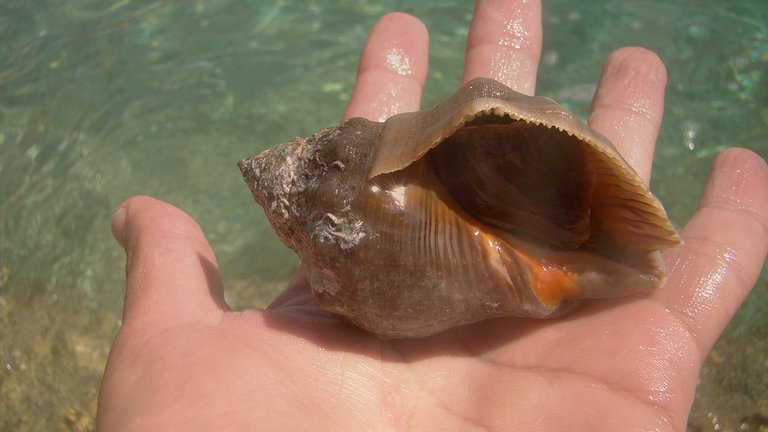
Here you can see a relatively big sea snail. It's not big like some tropical ones that I saw in souvenir shops, but most of the snails in this area are considerably smaller.
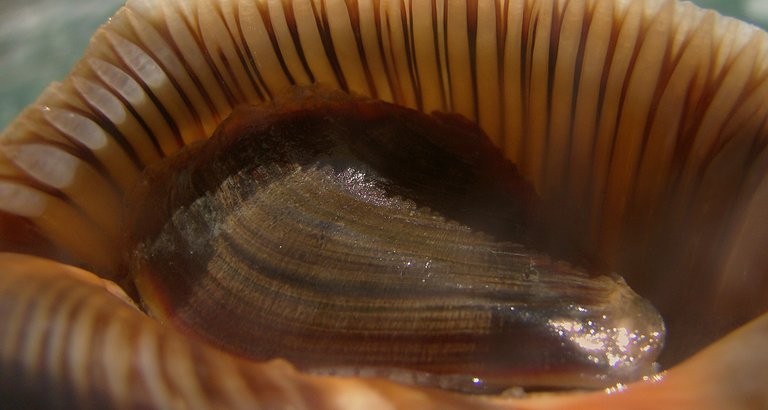
Today, while preparing this post, I found out that the corneous or calcareous cover with which the snail closes its shell it's called the operculum. The operculum in this species is pretty thick and hard. And it looks like a clam.
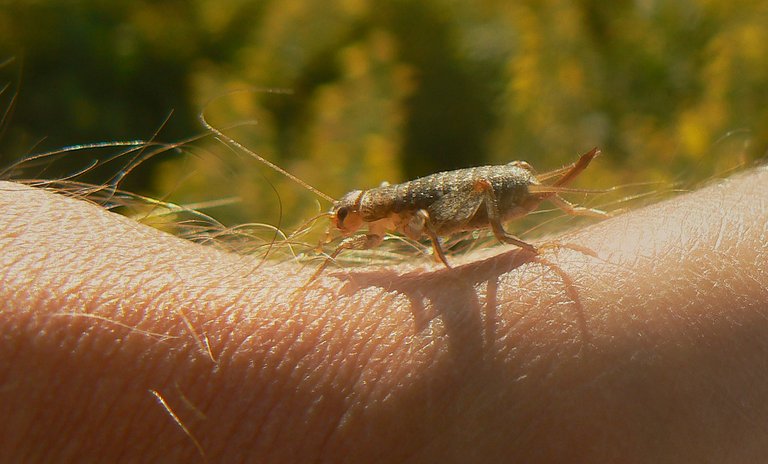
Pseudomogoplistes squamiger, commonly known as the Mediterranean Beach-cricket it's a very shy species, usually well hidden in the cavities and in between the rocks in the intertidal zone. They like dark, humid places and are hard to photograph in broad daylight. This photograph was taken early in the morning when one of these crickets jumped on my backpack, and then on my hand. It never happened before nor after this occasion.
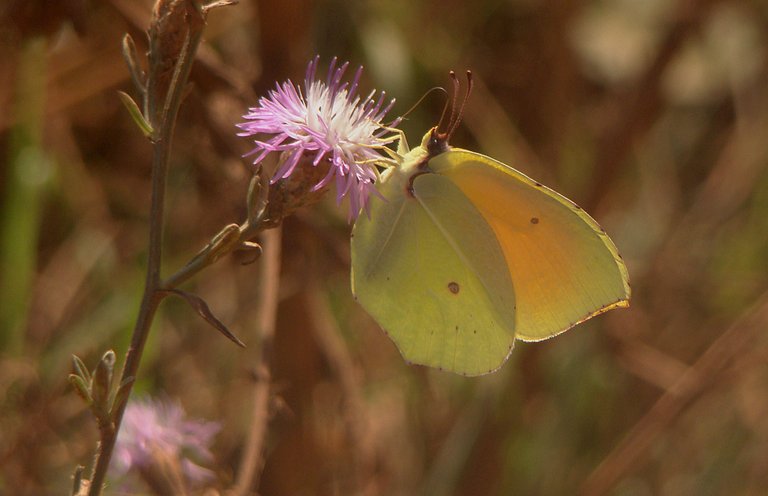
This is also an early morning shot. The Gonepteryx cleopatra butterfly is feeding on the flower of the Centaurea aspera plant.
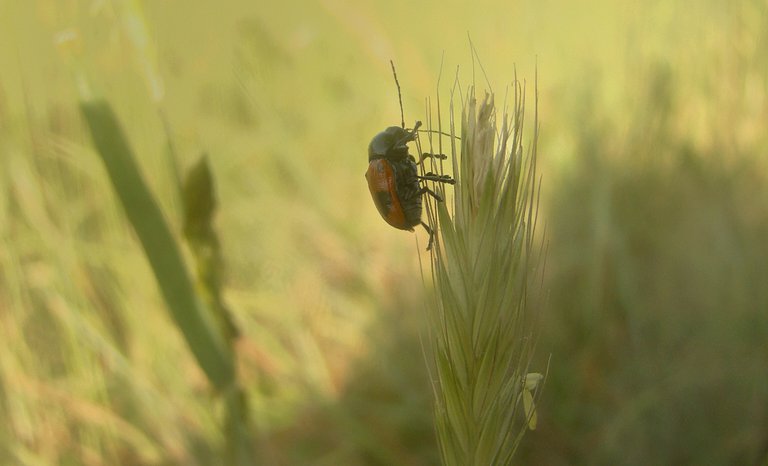
This leaf beetle has climbed to the top of the Hordeum murinum grass.
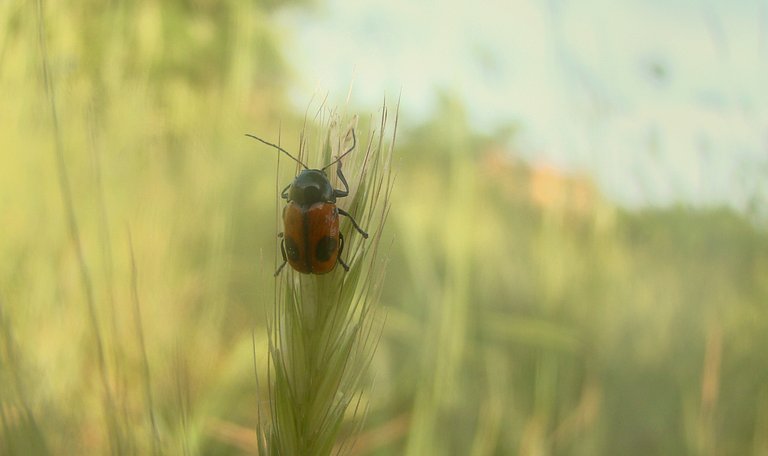
Cryptocephalus bipunctatus is the name of the species.
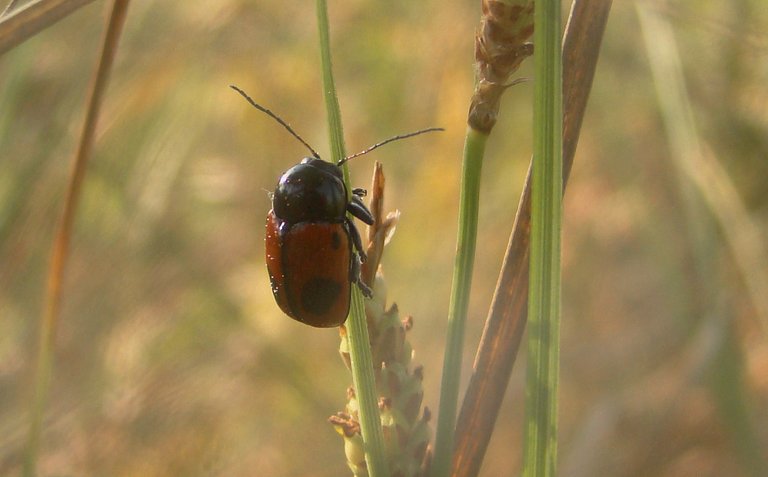
On another occasion, I photographed this beetle on some different grass. Don't know the exact species.
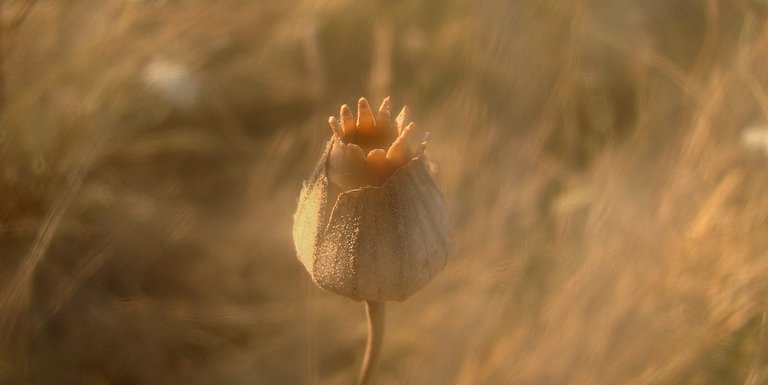
This is the dry seed pod of the Silene vulgaris plant.
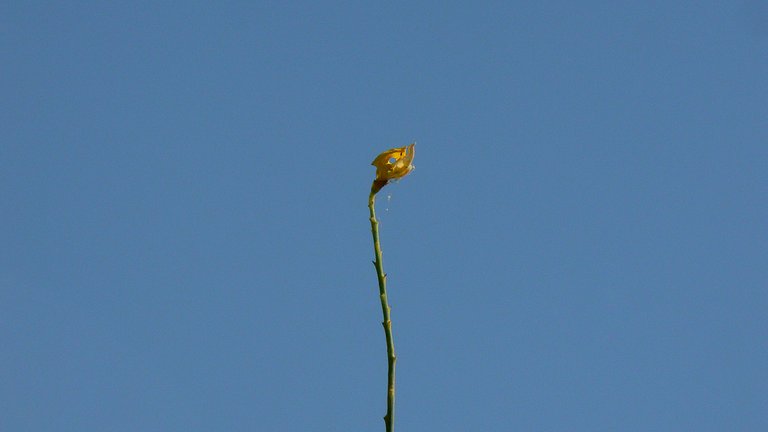
This is the faded flower of the Spartium junceum plant.
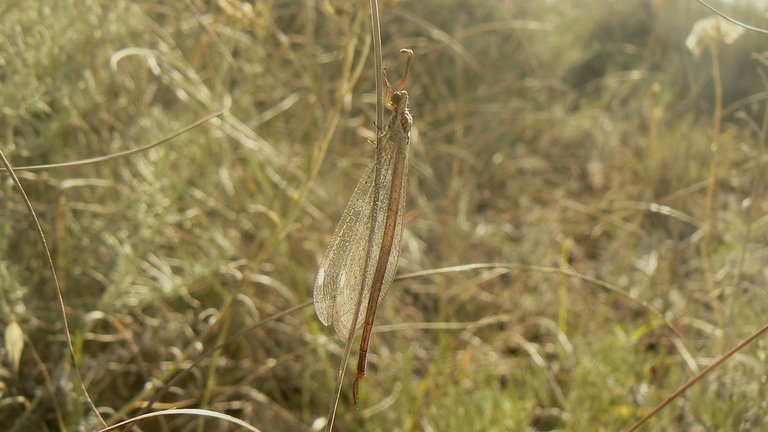
Here you can see another antlion. This is the Myrmeleon formicarius. The most common and widespread European species.
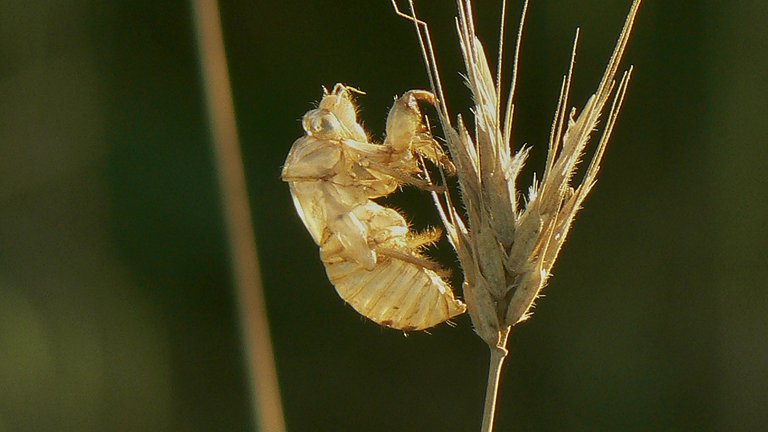
Cicada larvae are coming out from the ground in big numbers during the summer. They live a multitude of empty exoskeletons after the metamorphosis. They are translucent and pretty photogenic.
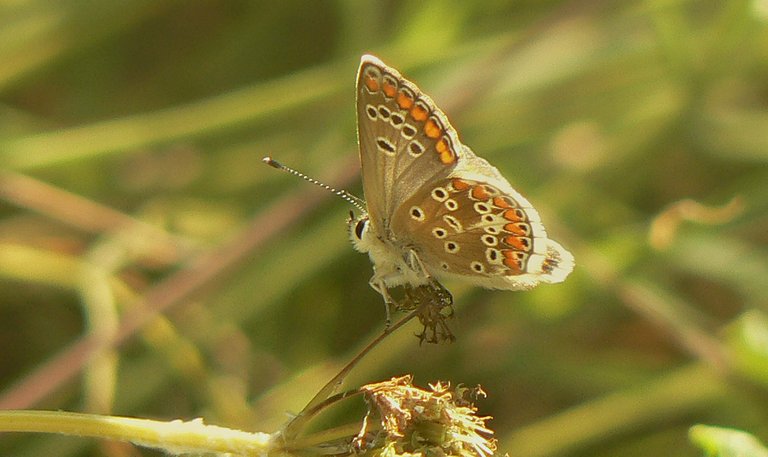
Here you can see another butterfly.
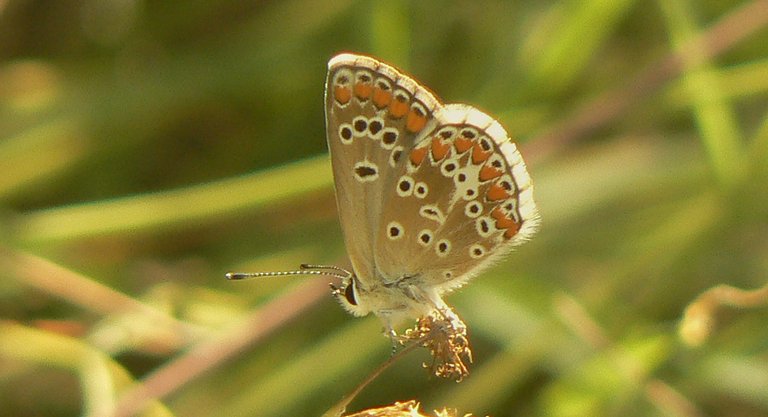
Aricia agestis it's a very common species in the seaside areas around my hometown.
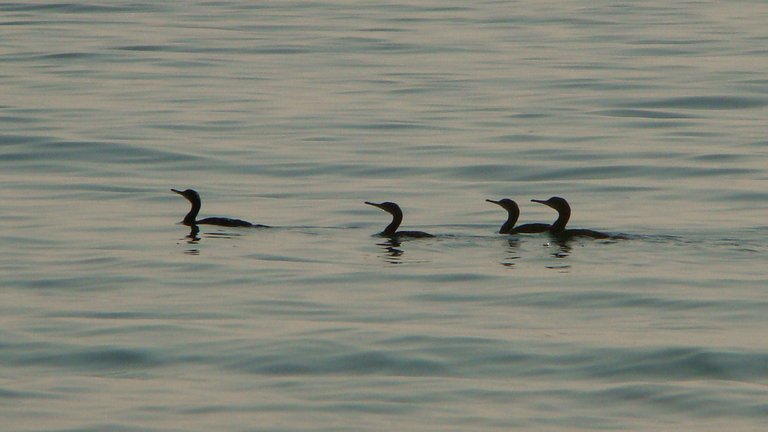
These cormorants were photographed in the evening, and with them ...
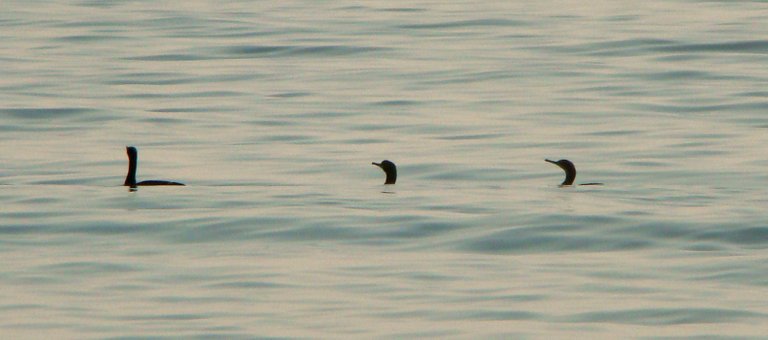
... this post has reached its end.
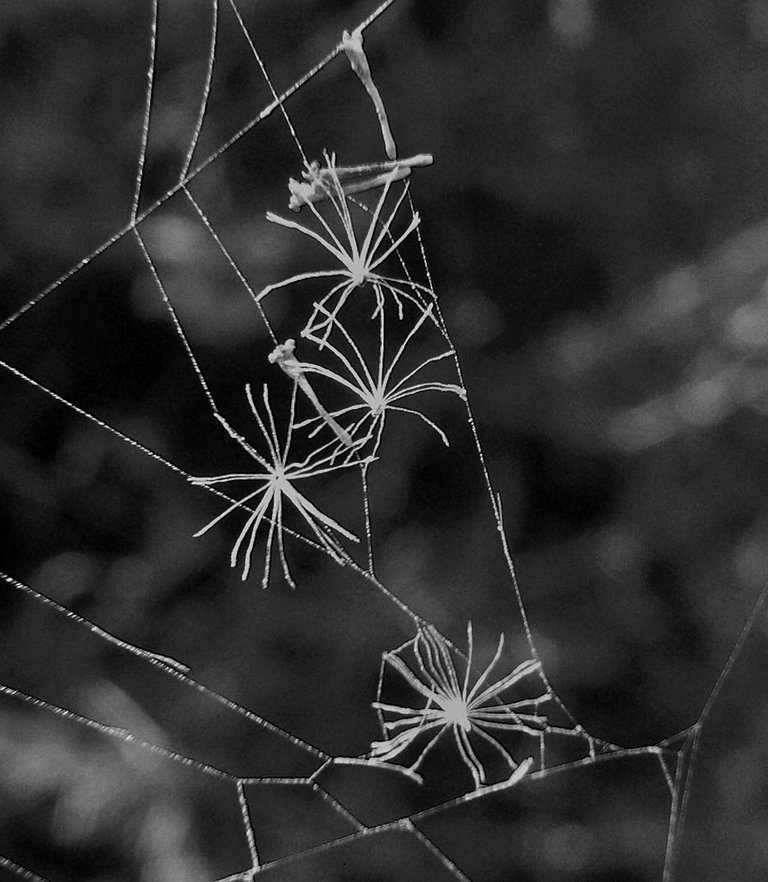
I had only a small, not very good compact camera in those years, so these photographs were taken with some very poor, cheap equipment, and no proper macro lens was involved.
HOPE YOU ENJOYED THE JOURNEY. AS ALWAYS IN THESE POSTS ON HIVE, THE PHOTOGRAPHS ARE MY WORK.
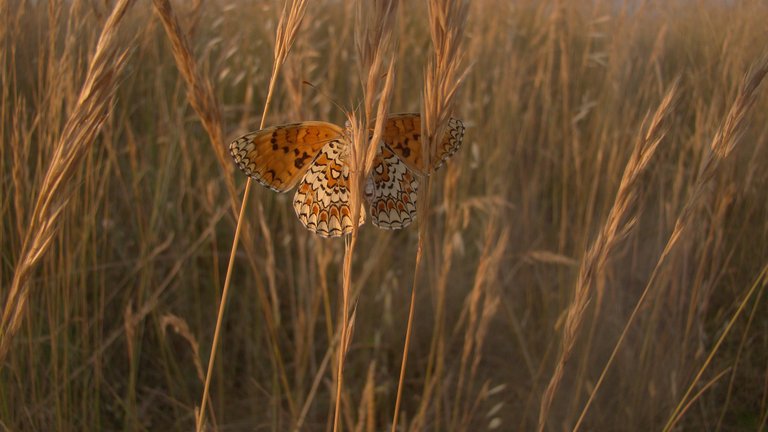

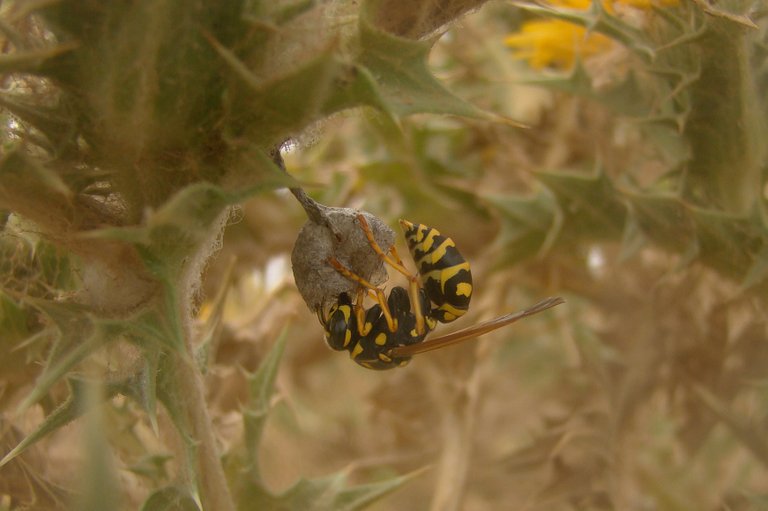
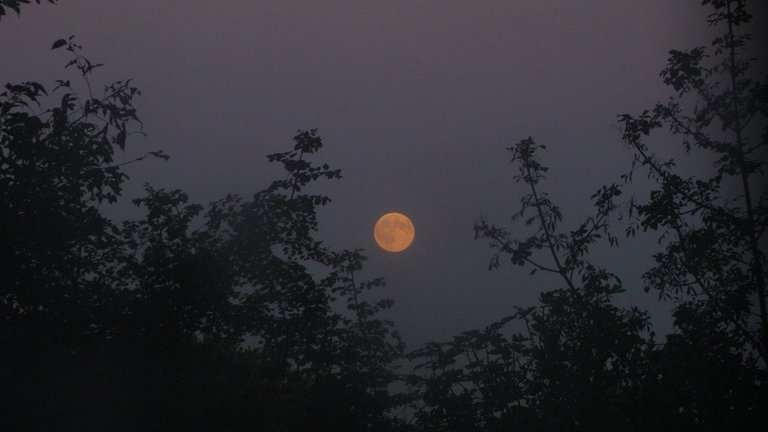
as always you do great post!
We appreciate your work and your post was manually curated by @none! from the DNA team!
Reach us on Discord to learn more about the project!
Thank you 🙂
We appreciate your work and your post has been manually curated by zoology team (oscurity,nelinoeva) on behalf of Amazing Nature Community. Keep up the good work!
Thank you 🙂
@tipu curate 🍰
Upvoted 👌 (Mana: 72/92) Liquid rewards.
Wow what a great collection of photos and a great idea for a random post!
You really have to watch what you grab onto as it seems you are punishing your fingers. I miss summer and it was nice to have a little appetizer today.
🙂🍺🥂🌅
Your great post full of perfect visuals -- as always.
Listing my faves from this set would take 2-3 lines, not less ;)
...and a !PIZZA to treat you as a bonus.
Thanks ! 😀
PS. nominated your post for #OCD curtios
PPS. jave you ever tried the #proofofbrian tag? its fun!
Manual selection by @qwerrie.
Beautiful collection of photos! Incredible, the grass was very sharp! Life seemed to be full of beautiful creatures and flowers. Hope that things are preserved for other generations too.
Cool shots of the Palpares Libelluloides antlion and the ants carrying the seeds. Those ones are very neat. I can't believe that the grass is that sharp to cut you like that. That's crazy! I wouldn't want to walk through there with shorts on haha
Hehehe not all the grass is like that. And can cut only if you accidentally find the right angle while holding the leaf in your hand. You have to be a bit low on luck to get cut. 🙂
Okay I see. That makes sense. Sounds like it's like a paper cut.
Exactly like that. A paper cut.
Hello @borjan, spectacular collection of photos. Excellent work, congratulations.
You are an exceptional photographer and you manage to capture images of nature of insects and plants that can be seen in impeccable detail with the naked eye.
With your photos I have discovered and enjoy the world of insects, thank you my friend.
I admire your work and learn from it. Thank you for sharing it.
Cheers
Thanks to you, I finally found out what "Antlion" looks like. Previously, I only read about him, in the book "Moomin-troll" by the Swedish writer Tove Jansson. Thanks!
Wonderful macro images of insects! That finger cut looked quite nasty! Which photo camera are you using, @borjan?
I have the Canon PowerShot SX60 HS. https://www.canon.hr/for_home/product_finder/cameras/digital_camera/powershot/powershot_sx60_hs/specification.html
... and also the Raynox DCR-250 macro lens
https://www.cameratips.com/recommendations/raynox-dcr-250
I really like your sunset pictures, watching the sunset is stress relief
They´re so beautiful! My favorite ones are the moon pictures, they´re stunning.
You get a great moment when photographing the butterfly, fighting valiantly on a tree branch, and the colors are eye-catching.
These are beautiful sight to behold, great shot, I hardly know it hard about most of these creatures until I came across your post today.
Sorry about your hand, I hope you've treated it.
Thanks for sharing and have a great day.
Waoo this is awesome I love this
You are a wonderful photographer and do great photography. I appreciate all your pictures. You have worked hard for all these pictures.
Lovely pictures you took but am sorry for your little injury
PIZZA Holders sent $PIZZA tips in this post's comments:
@qwerrie(3/5) tipped @borjan (x1)
You can now send $PIZZA tips in Discord via tip.cc!